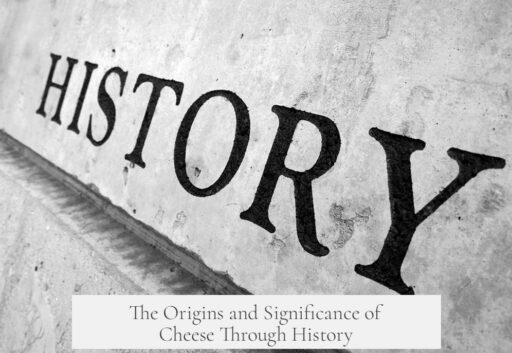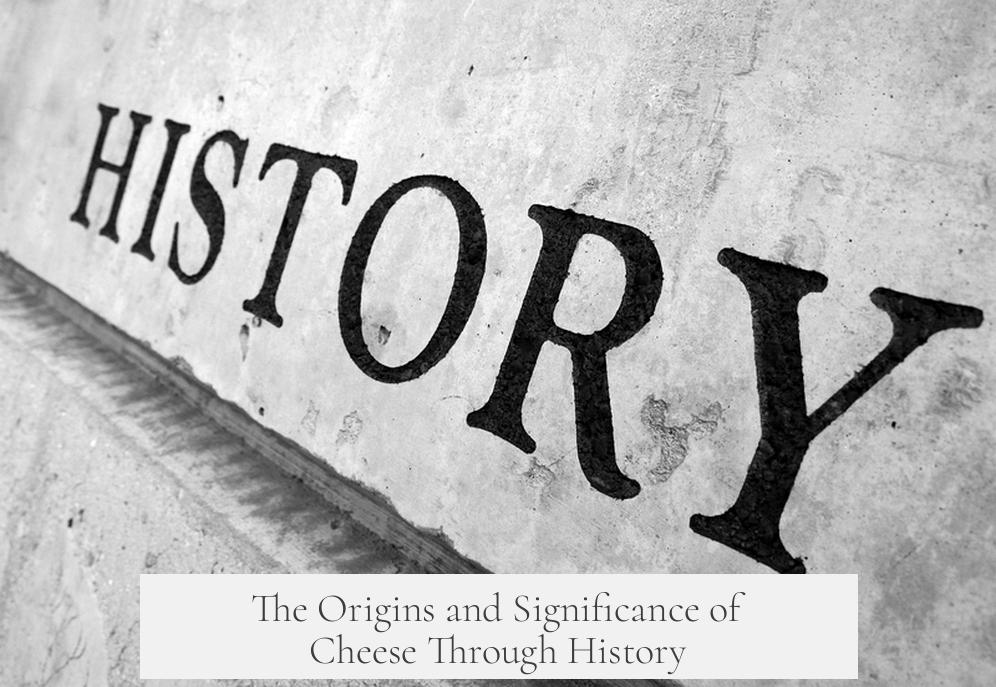Cheese likely originated around 6500 BCE through natural milk curdling processes involving acids, such as citrus, combined with established dairy farming. The exact inventor remains unknown since no written record exists, but early humans discovered that milk could transform into a more durable, digestible food.
The significance of cheese lies in its nutritional accessibility. Many adults worldwide are historically lactose intolerant, meaning they cannot digest fresh milk well. Cheese reduces lactose content, allowing adults to benefit from dairy’s proteins, fats, and calcium. This ability to extend dairy consumption beyond infancy marks cheese as a major advancement in human diets.
Rennet, an enzyme from the stomach lining of young ruminants, plays a key role in making some cheese varieties. It helps milk coagulate into curds more uniformly, enhancing texture and aging potential. Rennet cheeses generally store and transport better, thanks to this improved consistency.
However, rennet is not essential for all cheeses. Some types, like paneer, rely on simple acids for curdling and do not need rennet. Historically, alternative rennet sources existed, such as extracts from plants like artichokes. These plant-based coagulants were already known in first-century Roman times, along with animal-derived rennet cheeses.
The earliest recorded references to rennet-use appear in Roman writings from the first century CE, confirming that cheese production techniques were already sophisticated. For those seeking more historical context, resources like Paul Kindstedt’s Cheese and Culture and Andrew Dalby’s Cheese: A Global History offer comprehensive insights.
- Cheese probably originated over 8,000 years ago via natural milk curdling.
- It enables lactose-intolerant adults to digest dairy proteins and fats.
- Rennet improves cheese texture, aging, and storage but is not universally needed.
- Animal and plant-based rennet sources were both used historically.
- First-century Roman literature provides the earliest cheese-making documentation.
Seriously, Cheese… Who Came Up With That?
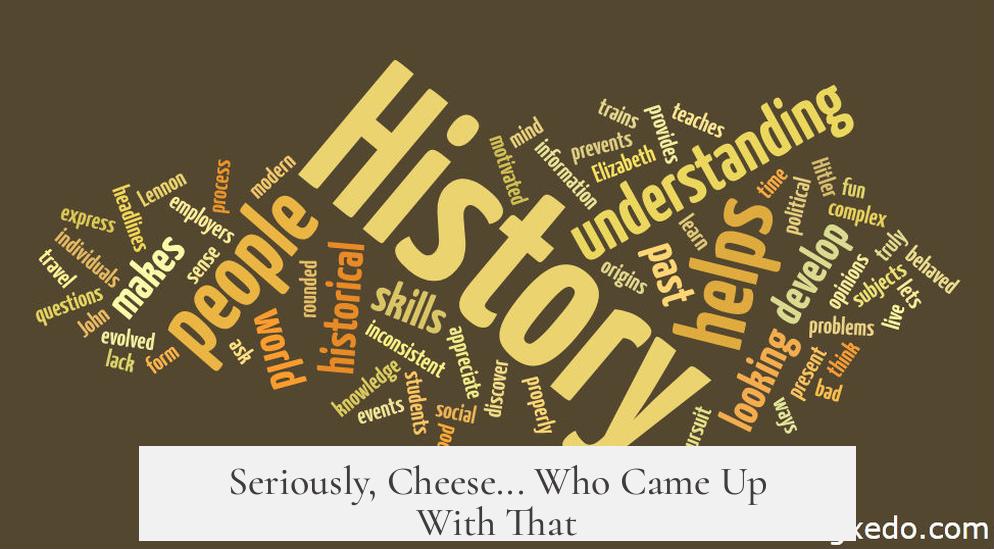
Cheese is one of those delightful mysteries of human history. No one knows exactly who first turned milk into cheese, but it’s believed the invention dates back all the way to around 6500 BCE. No diaries, no chef notes, just some early farmer tinkering with milk and probably wondering if it was still good to eat. It’s like the original “kitchen experiment” leading to one of humanity’s most beloved foods.
The fascinating part? Cheese wasn’t the result of a grand plan or a master chef crafting the perfect recipe. It likely came from a simple process: Milk curdling when exposed to acid.
Imagine an early dairyman with fresh milk resting in some container—perhaps a belly of a sheep—and accidentally noticing it turning solid when in contact with acidic substances. Basic dairy farming combined with the presence of acids like citrus or fermented sources was all it took. Sometimes, happy accidents make the best dishes.
Why Cheese Matters—Beyond Taste
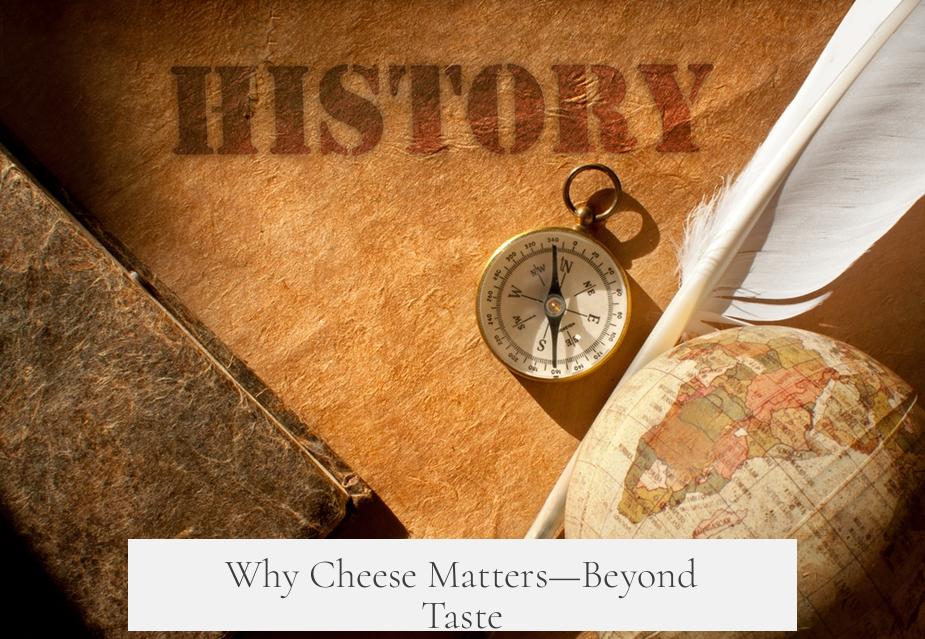
Cheese isn’t just tasty; it played a monumental role in nutrition, especially for adults globally. Most adult humans historically have been lactose intolerant. That means milk, with all its calcium and proteins, wasn’t something everyone’s stomachs could handle easily. Enter cheese—much easier for adults to digest.
By turning milk into cheese, people unlocked a powerful nutritional resource. Cheese kept much of milk’s goodness while reducing lactose content, making dairy accessible to adult diets. This wasn’t just a snack—it was a key advancement providing protein, fat, and calcium in a form people could reliably digest and store.
The Magic of Rennet: Nature’s Cheese Helper
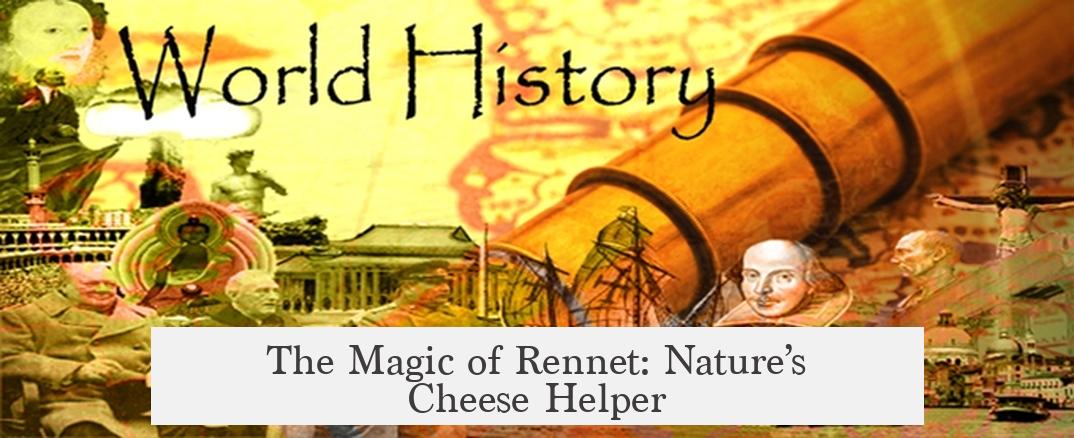
Now, if you’re thinking cheese just magically forms when you forget milk on the counter, there’s more to the story. Enter the enzyme superstar: rennet.
Rennet helps milk curdle in a controlled way. It’s an enzyme found in the stomachs of young ruminant animals like calves or sheep. Cheeses made with rennet have a more uniform texture and can age beautifully. Think of softly ripened Brie or sharp Cheddar—those are rennet’s handiwork.
Here’s the kicker: rennet also improved how cheese could be stored and transported. Instead of a gooey mess, you had firm blocks that could travel long distances before refrigeration was a thing. Suddenly, cheese became a portable power snack for traders, travelers, and armies.
Don’t worry, not all cheese uses rennet. Paneer, a popular cheese in India, skips rennet entirely. Acid like lemon juice or vinegar does the curdling there. So, the “cheese world” has plenty of different traditions and methods.
A Curious Origin Story of Rennet Use

One fun story goes that early cheese makers used an animal’s stomach as a container for milk. The rennet enzyme inside the stomach lining made the milk curdle, literally giving birth to cheese. Imagine that! A convenient container and a natural cheese starter in one.
Written records mentioning rennet-based cheeses go back at least to first-century Rome. Interestingly, plant-based rennets, such as extracts from artichokes, have also been documented during that era. So, cheese making was already an art with many regional variations even then.
Documenting Cheese Through History

Since cheese is so old, not many original records survive. But intriguingly, first-century Romans were fond enough of cheese to write about it. These writings provide historical proof that rennet cheese was established by then.
For readers curious to dive deeper, there are great books you can check: Cheese and Culture. A History of Cheese and Its Place in Western Civilization by Paul Kindstedt and Cheese: A Global History by Andrew Dalby. Even as a cheese enthusiast—who admits to making and devouring a lot of cheese—these books offer eye-opening perspectives.
Why Ask “Who Came Up With Cheese” Today?
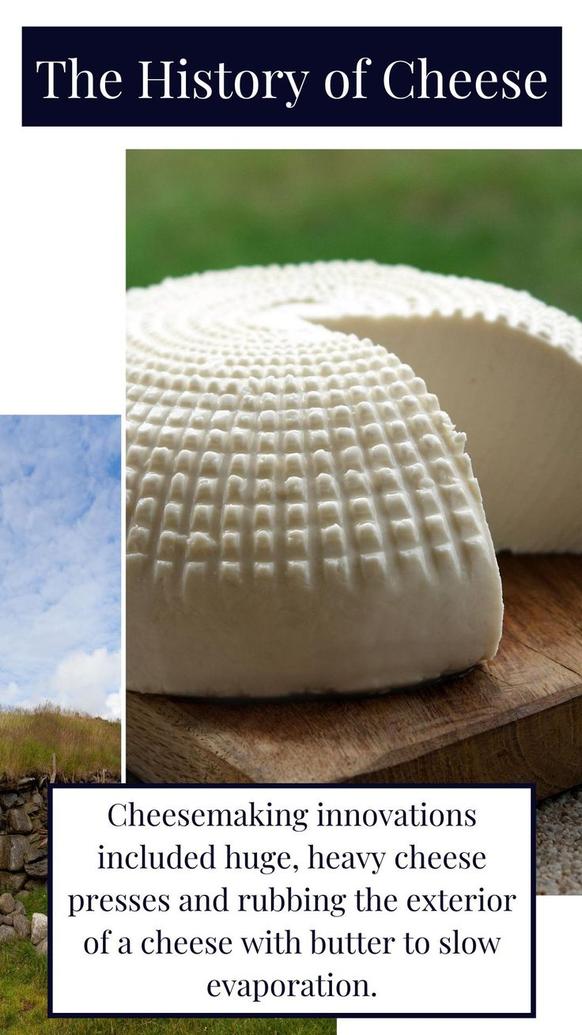
Cheese feels timeless, but its origins are human ingenuity meeting nature’s gifts. Wondering about the “who” nudges us to consider how ancient people adapted resources to survival and pleasure.
If you think about it, cheese is a brilliant example of resourcefulness. Instead of just drinking milk—which many adults couldn’t digest well—people transformed it into something tasty, long-lasting, and nutritionally rich. It’s a prototype of food innovation!
And if you love classic flavors, you might enjoy exploring medieval English cheese profiles, a topic connected to cheese tradition that deserves its own story. Cheese evolves with culture, geography, and technology.
Final Thought: Cheese Is a Shared Human Triumph
Seriously, cheese came from basic needs, a bit of luck, and clever natural chemistry. It connects us to our distant ancestors experimenting with milk and animals’ stomachs in ways that shaped food history. Whether it’s sharp, creamy, crumbly, or gooey, cheese is a delicious tribute to early human creativity.
Next time you sit down with a slice of your favorite cheese, remember it’s more than flavor. It’s a story of survival, science, and maybe the accidental wisdom of keeping milk in a sheep’s stomach. And isn’t it a tasty legacy to share?
